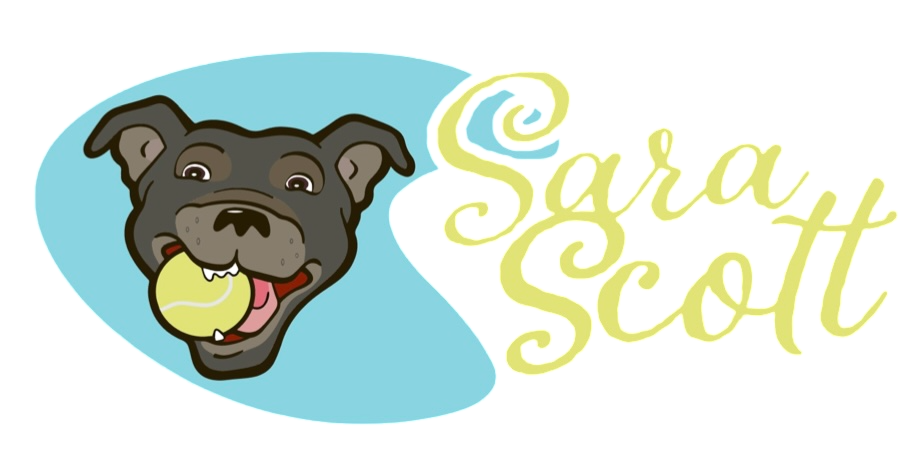A Guide to Eliminating Separation Related Behavior
- Sara Scott
- Dec 11, 2023
- 2 min read
You're just about to head out to run some errands. But as soon as you grab your keys and purse, your dog starts whining and pacing anxiously around your feet. As you go to leave, his cries turn to panicked howls that don't stop even after you've gone.
When you return home, you're greeted by scratches on the door, shredded pillows, and other signs your dog worked himself into a total stress frenzy in your absence.
If this scenario sounds familiar, your four-legged friend may be suffering from separation anxiety. Separation anxiety is a common but serious behavioral issue in dogs that should not be ignored. Left untreated, it can take a major toll on your dog's mental and physical health. Not to mention the destruction, noise complaints from neighbors, and headaches it causes for owners.

What Exactly Is Separation Anxiety in Dogs?
Separation anxiety refers to a dog displaying signs of extreme stress when left alone or separated from their owners or family members. Dogs with separation anxiety cannot relax when alone. They often engage in behaviors like urinating and defecating indoors, barking or howling incessantly, pacing, panting, trembling, excessive salivating, destructive chewing, and even self-injury.
These anxious behaviors usually begin shortly after the owner leaves. They may be triggered by departure cues like grabbing keys, putting on shoes, or shutting off lights. Separation anxiety can happen whether you're gone for 30 minutes or 8 hours. Duration does not matter to an anxious dog missing their family.
What Causes Separation Anxiety in Dogs?
Separation anxiety often develops due to:
Genetic disposition
Changes in routine or environment
Stressful events like adopting a new pet
Negative experiences when left alone
Excessive attachment to one person in the home
Pain
Sound sensitivity
How Can I Help My Dog With Separation Anxiety?
If your dog seems stressed when you leave them alone, there are steps you can take to ease their separation struggles:
Desensitize through gradual alone training. Start with brief separations of just a few seconds to a minute while you remain home. Over many sessions, build up the duration of alone time gradually as your dog relaxes.
Meet your dogs needs by providing mental and physical stimulation. A long walk, play session, or puzzle toys are great options. Frozen stuffed Kongs are great for occupying dogs. Adaptil plug-in pheromones may also help instill calm.
Establish set routines. Dogs thrive on structure. Feed, walk, and train your dog at consistent times each day.
Consult your veterinarian. In some cases, anti-anxiety medication may be recommended in conjunction with behavior modification.
Consider hiring a dog trainer that specializes in separation related behaviors. Professional guidance tailored to your unique situation is invaluable. Separation anxiety can be resolved with dedication and the right approach.
With diligent prevention, an evidence based treatment plan, and sometimes medication, you can help your dog learn to be independent, confident, and relaxed when home alone. Before you know it, you'll come home to a happy dog who has overcome the worst of their separation struggles.

Hey there! I'm an artist working on a cool project and I'd love for you to be my muse. No need to worry about payment, my client will cover it Trust me, you'll be thrilled with the outcome!?❤️🤭🎨